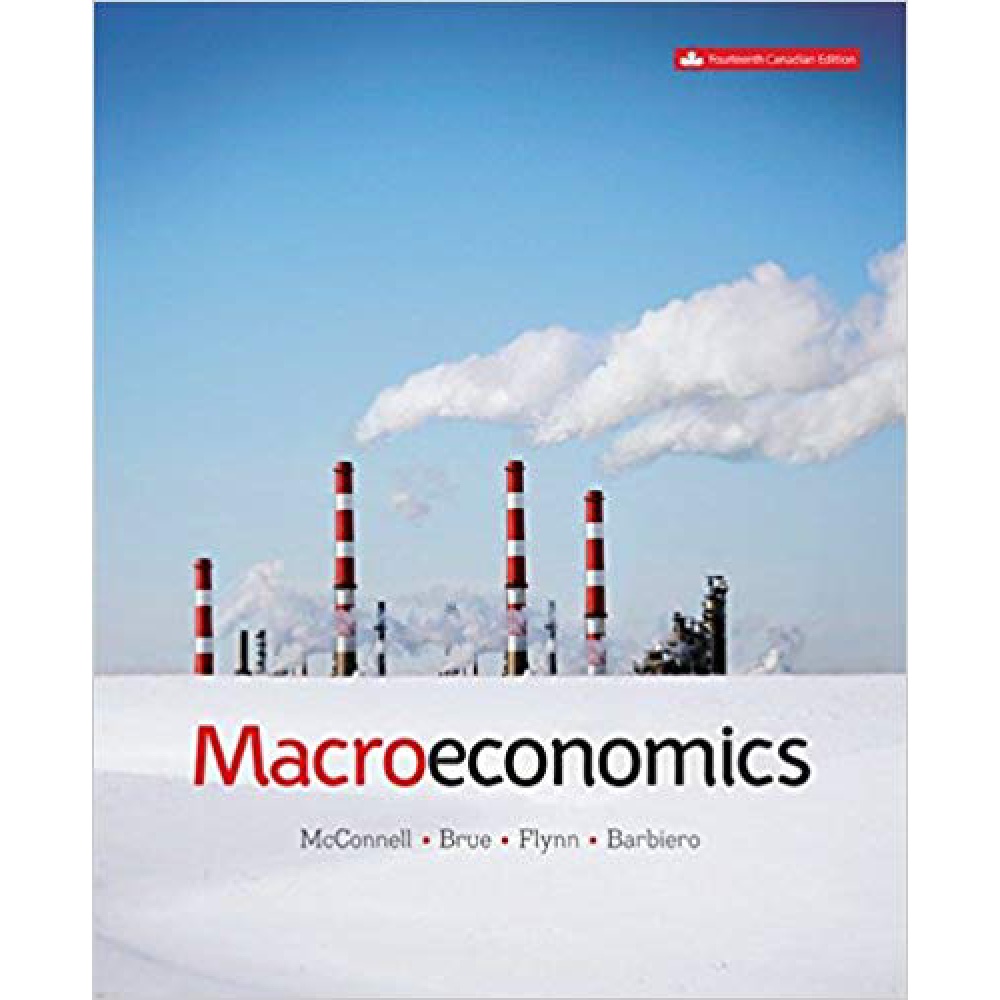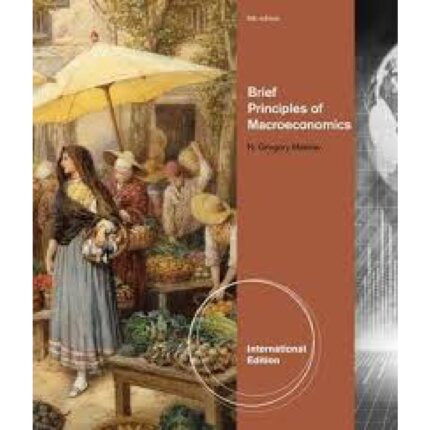Chapter 11 Imperfect Competition and Strategic Behaviour
11.1 Imperfect Competition
1) An example of a Canadian industry composed of a few large firms is
A) the accounting profession.
B) clothing retailing.
C) gasoline retailing.
D) restaurants.
E) hair dressers.
Answer: C
Diff: 1
Topic: 11.1. imperfectly competitive market structures
Skill: Recall
Learning Obj.: 11-1 Recognize that Canadian industries typically have either a large number of small firms or a small number of large firms.
User2: Qualitative
2) A Canadian industry composed of many small firms is
A) steel manufacturing.
B) automobile production.
C) gasoline retailing.
D) restaurants.
E) natural gas transmission.
Answer: D
Diff: 1
Topic: 11.1. imperfectly competitive market structures
Skill: Recall
Learning Obj.: 11-1 Recognize that Canadian industries typically have either a large number of small firms or a small number of large firms.
User2: Qualitative
3) By calculating a concentration ratio, economists measure the
A) degree to which a monopolist’s output is lower than in perfect competition.
B) control of a monopolist over its input prices.
C) fraction of total industry sales accounted for by the largest firms.
D) degree to which firms in the industry use similar technologies.
E) concentration of firms in one geographic location.
Answer: C
Diff: 1
Topic: 11.1. imperfectly competitive market structures
Skill: Recall
Learning Obj.: 11-1 Recognize that Canadian industries typically have either a large number of small firms or a small number of large firms.
User2: Qualitative
4) In Canada, concentration ratios are the highest in
A) tobacco products.
B) petroleum and coal products.
C) mining.
D) machinery.
E) clothing industries.
Answer: B
Diff: 1
Topic: 11.1. imperfectly competitive market structures
Skill: Recall
Learning Obj.: 11-1 Recognize that Canadian industries typically have either a large number of small firms or a small number of large firms.
User2: Qualitative
The table below shows the market shares for the only firms in a domestic cement market.
Market Share
Firm A 45%
Firm B 22%
Firm C 10%
Firm D 8%
Firm E 7%
Firm F 5%
Firm G 2%
Firm H 1%
TABLE 11-1
5) Refer to Table 11-1. The four-firm concentration ratio in this industry is ________%.
A) 100
B) 92
C) 85
D) 67
E) 45
Answer: C
Diff: 2
Topic: 11.1. imperfectly competitive market structures
Skill: Applied
Learning Obj.: 11-1 Recognize that Canadian industries typically have either a large number of small firms or a small number of large firms.
User1: Table
User2: Quantitative
6) Refer to Table 11-1. The eight-firm concentration ratio in this industry is ________%.
A) 100
B) 92
C) 85
D) 67
E) 45
Answer: A
Diff: 2
Topic: 11.1. imperfectly competitive market structures
Skill: Applied
Learning Obj.: 11-1 Recognize that Canadian industries typically have either a large number of small firms or a small number of large firms.
User1: Table
User2: Quantitative
7) Suppose the 2-firm concentration ratio (measuring output) in a Canadian manufacturing industry is over 90%. Why might the market power of these 2 firms be less than the concentration ratio suggests?
A) The product is purely domestic and there is no international trade.
B) A high concentration ratio usually indicates low degrees of market power.
C) The product is traded internationally and the two Canadian firms compete with many global rivals.
D) The relevant market is regional and so the concentration ratio is not relevant.
E) A 2-firm concentration ratio does not provide enough information.
Answer: C
Diff: 2
Topic: 11.1. imperfectly competitive market structures
Skill: Applied
Learning Obj.: 11-1 Recognize that Canadian industries typically have either a large number of small firms or a small number of large firms.
User2: Qualitative
8) Suppose the market for gasoline retailing (gas stations) in an island economy has 12 firms. The two largest firms each account for 30% of sales, the third accounts for 15%, the fourth for 7%, the fifth for 4% and the remaining firms for 2% each. What is the four-firm concentration ratio?
A) 8%
B) 60%
C) 75%
D) 82%
E) 100%
Answer: D
Diff: 2
Topic: 11.1. imperfectly competitive market structures
Skill: Applied
Learning Obj.: 11-1 Recognize that Canadian industries typically have either a large number of small firms or a small number of large firms.
User2: Quantitative
9) Suppose the market for gasoline retailing (gas stations) in an island economy has 12 firms. The two largest firms each account for 30% of sales, the third accounts for 15%, the fourth for 7%, the fifth for 4% and the remaining firms for 2% each. Which of the following statements best describes the structure of this local industry?
A) This industry is an oligopoly.
B) This industry is perfectly competitive.
C) This industry is a monopoly.
D) This industry is monopolistically competitive.
E) Either A or D could be correct.
Answer: E
Diff: 2
Topic: 11.1. imperfectly competitive market structures
Skill: Applied
Learning Obj.: 11-1 Recognize that Canadian industries typically have either a large number of small firms or a small number of large firms.
User2: Qualitative
10) Which of the following products is best considered a differentiated product?
A) wheat
B) steel
C) soap
D) topsoil
E) sugar
Answer: C
Diff: 1
Topic: 11.1. imperfectly competitive market structures
Skill: Applied
User2: Qualitative













Reviews
There are no reviews yet.